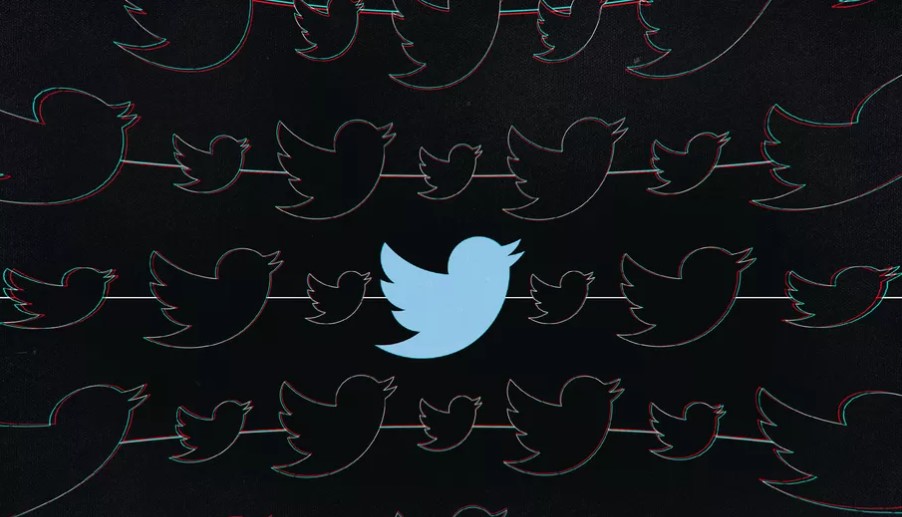
Speaking today at a CES event in Las Vegas, Twitter’s director of product management, Suzanne Xie, unveiled some new changes that are coming to the platform this year, focusing specifically on conversations.
Xie says Twitter is adding a new setting for “conversation participants” right on the compose screen. It has four options: “Global, Group, Panel, and Statement.” Global lets anybody reply, Group is for people you follow and mention, Panel is people you specifically mention in the tweet, and Statement simply allows you to post a tweet and receive no replies. (No word on whether Statement also automatically formats your tweet as a classic iPhone Notes app apology, but it should.)
Xie says that Twitter is “in the process of doing research on the feature” and that “the mock ups are going to be part of an experiment we’re going to run” in the first quarter. It will take learnings from that experiment and use them to launch the feature globally later this year.
“Getting ratio’d, getting dunked on, the dynamics that happen that we think aren’t as healthy are definitely part of … our thinking about this,” Xie says. When asked if there’s a concern if the ability to limit replies could mean misinformation couldn’t be as easily rebutted, Xie gestured to the ability to quote tweet as one possible resolution, but it’s “something we’re going to be watching really closely as we experiment.”
It’s an important feature, one my colleague Casey Newton characterizes as the “narrowcasting” of tweets. Just as Facebook has been pushing users to use its private groups feature, Twitter wants to give users the option to limit the spread of their tweets. Twitter’s solution is a more interesting middle ground between public and private, focused on the distribution of the tweet instead of permissions to see it.
Another feature that’s coming is a specific conversation view, including threading. The goal is to put all of a conversation “on one screen.” The screen has lines meant to easily lead you through replies and also call out specific authors.
Xie says that the conversation interface that was initially trialed in the “little t” public prototype beta app will come to the main Twitter app in the coming months.
Rob Bishop, a product manager at Twitter, then recapped Twitter’s ability to follow “topics” instead of just users. Soon, when you see a tweet about a certain topic from somebody you follow, Twitter may surface a button to prompt you to follow that specific topic under the tweet.
Bishop says Twitter takes a “data-driven” approach to choosing which topics you’re able to follow. He says that Twitter is starting with non-political topics in order to fully understand how users react to the feature and study how its algorithms work at scale, which is perhaps a nod to concerns that trending topics can potentially have outsized impacts on elections.
Twitter is also continuing to pay more long-needed attention to its lists features. Users will be able to customize the display of lists, and Twitter will also start making screens that make it easier to find lists.
Head of product Kayvon Beykpour says that Twitter has “picked up the pace” of product development and hopes to continue that pace. He also says that Twitter is “committed to being open and transparent and doing our work in the public more than ever before,” which explains why he and others have been so vocal lately about what it’s doing with the platform — including the release of an experimental beta app.
“Twitter’s purpose is to serve public conversation,” Beykpour says. He argues that Twitter’s priorities are “health, conversations, and interests” and that those are the priorities that steer its product development choices. (The ability to edit tweets, apparently, has a fairly low impact on those metrics.)
Beykpour also recapped Twitter’s development work over 2019. He pointed out that, right now, over 50 percent of tweets the company removes for terms of service violations happen proactively, without users needing to report them. That’s a huge increase from the year before. He also pointed out Twitter’s recent feature that lets people hide replies to their tweets.
Beykpour characterizes following some users as a “proxy” for following topics of interest. For example, if you follow a political reporter, what you’re really looking to do is follow politics. So Twitter supports following a topic now, instead of just users.
CES is an odd place for Twitter, which, so far as I know, doesn’t make any consumer electronics. But what most companies want to do at CES is make deals, not show off products to press. Twitter is definitely trying to do that here. Its space at the swank Cosmopolitan hotel is perhaps the calmest and nicest CES room I’ve been in this year.
Twitter announced that it will again broadcast the pre-show for the Oscars red carpet in collaboration with ABC and the Grammys pre-show with CBS. It will also continue its NBA partnership with a “multi-year deal” that will have live streams of 20 NBA games as well as offering highlight clips. It will localize some of those clips for each country, including commentary in a local language. And as the 2020 Summer Olympics approach, Twitter says it’ll work closely with NBC, and NBC will feature Twitter content. That’s three major US networks working with Twitter this year, if you’re keeping count.
